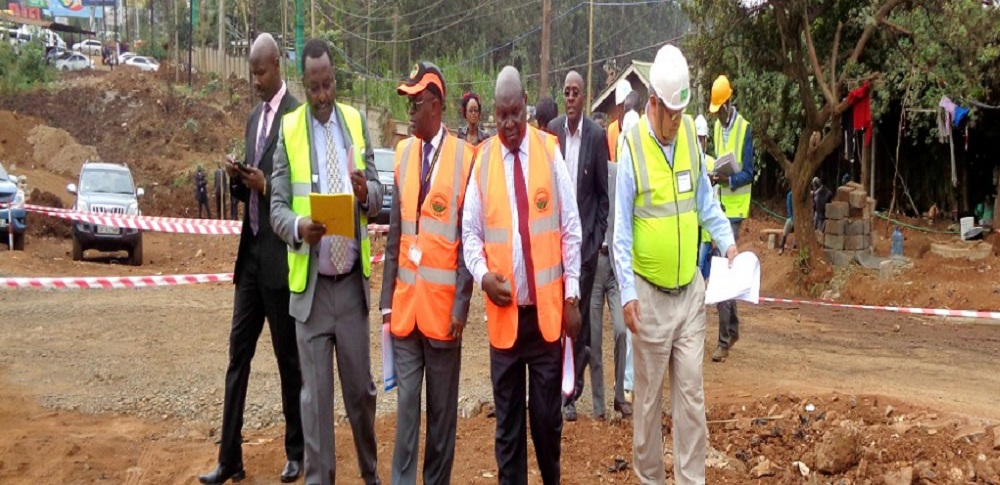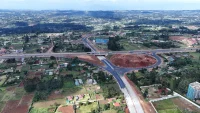A new study has established that 75% of capital funds allocated to roads projects within
specific counties were allocated to just 10 out of the 47 counties in the country.
Of these, Nairobi and Mombasa alone took up more than one third of the total spending. Nairobi took 22.6% while Mombasa was allocated 15.7%, the research conducted by the International Budget Partnership Kenya (IBPK) established.
It further shows that the 10 counties with the highest shares of unpaved roads constitute 40% of all unpaved roads in the country but were only allocated 12% of the roads budget. On the other hand, the bottom 10 counties with the smallest share of unpaved roads took up 43% of the budget. So, from the perspective of financing, distribution of paving of unpaved roads appears inequitable.
IBPK, an NGO focused on promoting transparency and engagement in budgeting processes, conducted the study in light of historical dissatisfaction by Kenyans with how government resources are
shared across the country.
Devolution of resources to counties was one response to redress this historical inequality, and has rightly been the focus of many Kenyans. However, IBPK says, despite devolution of Kenya’s governance system and resources, considerable resources remain at the national level and, therefore, national budgets require equal attention and scrutiny.
IBPK conducted the study to determine whether roads projects were equitably distributed by the national government in 2016/2017.
It concluded that while the budget did not indicate directly where each project was to be implemented, the project names provided an opportunity to locate them in counties or regions.
IBPK made an assessment of equity in the roads sector by comparing the distribution of road project financing in the national budget to the levels of access to roads across the country (using World Bank data).
“Road projects were grouped into national projects (projects in multiple regions), regional projects (those in multiple counties) and county projects (those specific to one county). IBPK assessed budget allocations against three measures of need. First, IBPK looked at need based on the share of unpaved roads in a county. The second measure was roads relative to the land area of a county while the third was a look at population per kilometres of paved road,” it says.
According to its findings, whereas national roads took up 56% of overall roads budget, there was no specific geographical location for any of these roads in the budget documents. This means that over half of the road budget is for projects for which no geographical location was indicated. County specific
roads took 36% of the budget and the other 8% was for regional roads.
At regional level, Coast, Nairobi and Central took up 60% of all allocations. According to IBPK, while these three regions took up 60% of the total allocation, they only accounted for 23% of unpaved roads.
Lower Eastern and North Rift have the highest share of unpaved roads at 15 and 12% respectively. While 27% of unpaved roads are in the two regions, they only received 7% of the road development budget allocations. Coast and Central Rift regions have the same share of unpaved roads at 10% each, but the allocation to the Coast region was eight times greater.
It also emerged that counties with good roads access (measured by paved roads per square kilometre of land area) received a higher budgetary allocation compared to those with poor access.
The top 10 counties have a kilometre of paved roads for every 8.3 km2 of land. This set of counties were
allocated 55 percent of the capital budget. The bottom ten counties have a kilometre of road for every 6,813.8km2 against a national average of 146.5km2. Despite the lower access to paved roads, they were allocated only 10% of the budget.
READ: HFDI’s Sh1.17b Kamiti housing project nears completion
According to the study, a ssizeable proportion of investment in roads happened in areas that already had good access when considering population to be served as well.
People living in Nairobi have the best access to paved roads with 3,309 people per kilometre while the bottom 10 counties have an average of 164,862 people per kilometre of paved road. The top 10 counties were allocated 60% of the budget for county projects while the 10 counties with lowest access per person were allocated 13 percent of the budget.
“Based on this research, counties and regions with better access (measures by paved roads) received a higher budgetary allocation compared to those with poor access, which does not appear equitable,” says Abraham Rugo, the Country Manager, IBPK.
“While no government document gives a direct indication of the criteria applied when formulating the roads budget, better data and information in the budget would help clarify the reasons for these distributional choices,” adds MrJohn Kinuthia, Research Analyst, IBPK.













Leave a comment